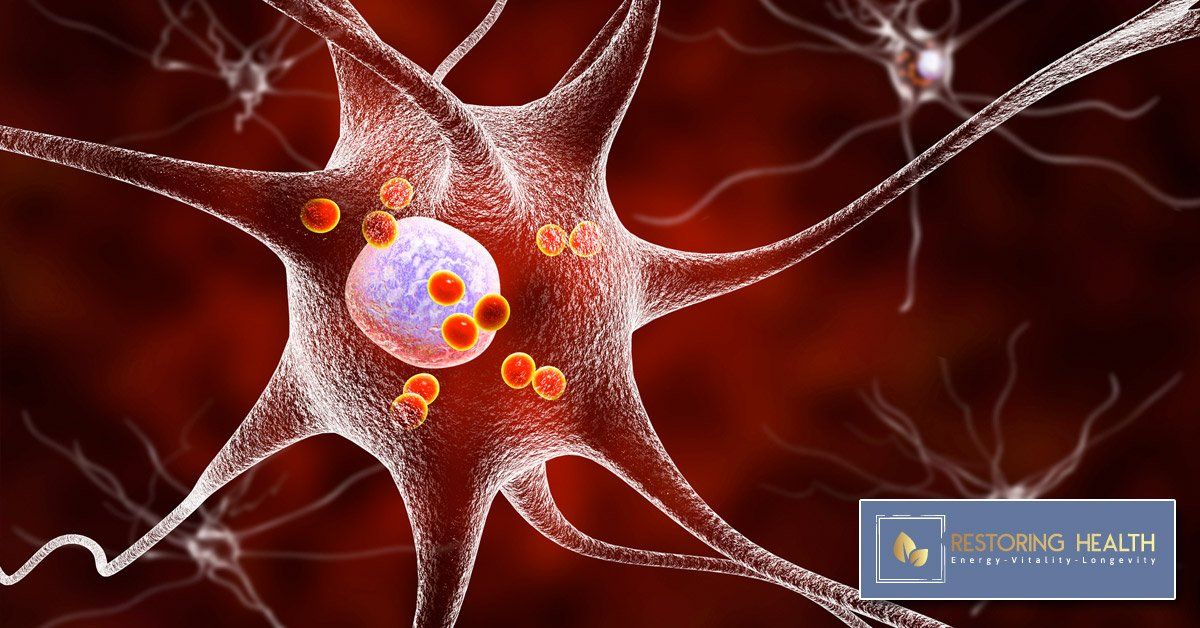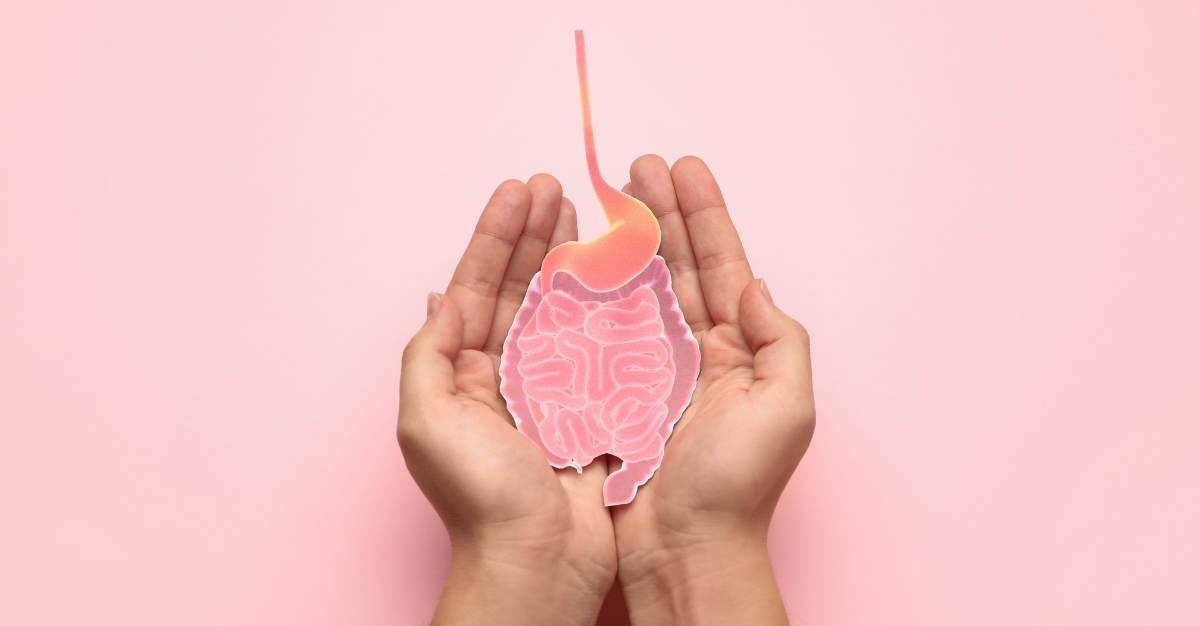
A growing body of evidence links the neurodegenerative disease to the gastrointestinal tract, opening new possibilities for treatment.
The earliest evidence that the gut might be involved in Parkinson’s emerged more than 200 years ago. In 1817, the English surgeon James Parkinson reported that some patients with a condition he termed “shaking palsy” experienced constipation. In one of the six cases he described, treating the gastrointestinal complaints appeared to alleviate the movement-related problems associated with the disease.
Since then, physicians have noted that constipation is one of the most common symptoms of Parkinson’s, appearing in around half the individuals diagnosed with the condition and often preceding the onset of movement-related impairments.
Still, for many decades, the research into the disease has focused on the brain. Scientists initially concentrated on the loss of neurons producing dopamine, a molecule involved in many functions including movement. But in 2003 Heiko Braak, a neuroanatomist at the University of Ulm in Germany, and his colleagues proposed that Parkinson’s may actually originate in the gut rather than the brain.
Braak’s theory was grounded in the observation that in post-mortem samples of Parkinson’s patients, Lewy bodies, clumps of alpha synuclein, appeared in both the brain and the gastrointestinal nervous system that controls the functioning of the gut. Their work suggested that the pathological changes in patients typically developed in predictable stages that starts in the gut and ends in the brain. At the time, the researchers speculated that this process was linked to a “yet unidentified pathogen” that travels through the vagus nerve—a bundle of fibers connecting major bodily organs to the brainstem.
The idea that the earliest stages of Parkinson’s disease may occur in the gastrointestinal tract has been gaining traction. A growing body of evidence supports this hypothesis, but the question of how changes in the intestines drive neurodegeneration in the brain remains an active area of investigation. Some studies propose that aggregates of alpha synuclein move from the intestines to the brain through the vagus nerve. Others suggest that molecules such as bacterial breakdown products stimulate activity along this channel, or that that the gut influences the brain through other mechanisms, such as inflammation. Together, however, these findings add to the growing consensus that “even if the pathology [of Parkinson’s] is very much driven by brain abnormalities, it doesn’t mean that the process starts in the brain,” says Michael Schlossmacher, a physician-scientist at the Ottawa Hospital Research Institute.
The Gut-Brain Highway
The vagus nerve, a bundle of fibers that originates in the brain stem and innervates major organs, including the gut, may be the primary route through which pathological triggers of Parkinson’s travel from the gastrointestinal tract to the brain. Recent epidemiological examinations of vagotomy patients whose vagus nerves were severed show that they have a lower risk of developing Parkinson’s. Researchers have also demonstrated that alpha-synuclein fibers, injected into the gastrointestinal tracts of rodents, can traverse through the vagus into the brain.
If alpha-synuclein does travel from the intestines to the brain, the question still arises: Why does the protein accumulate in the gut in the first place? One possibility is that alpha-synuclein produced in the gastrointestinal nervous system helps fight off pathogens. Last year, Michael Zasloff, a professor at Georgetown University, and his colleagues reported that the protein appeared in the guts of otherwise healthy children after norovirus infections.
The microbiome, the totality of microorganisms in the human body, has spurred intense interest among Parkinson’s researchers. A number of reports have noted that individuals with the disease harbor a unique composition of gut microbes, and scientists have also found that transplanting fecal microbes from patients into rodents predisposed to develop Parkinson’s can worsen motor symptoms of the disease and increase alpha-synuclein aggregation in the brain.
A Role for Inflammation?
Yet another idea holds that that intestinal inflammation, possibly from gut microbes, could give rise to Parkinson’s disease. The latest evidence supporting this idea comes from a large epidemiological study, in which Inga Peter, a genetic epidemiologist at the Icahn School of Medicine at Mount Sinai, and her colleagues scanned through two large U.S. medical databases to investigate the overlap between inflammatory bowel diseases and Parkinson’s.
Their analysis compared 144,018 individuals with Crohn’s or ulcerative colitis and 720,090 healthy controls. It revealed that the prevalence of Parkinson’s was 28 percent higher in individuals with the inflammatory bowel diseases than in those in the control group, supporting prior findings from the same researchers that the two disorders share genetic links. In addition, the research team discovered that in people who received drugs used to reduce inflammation—tumor necrosis factor (TNF) inhibitors—the incidence of the neurodegenerative disease dropped 78 percent.
This study further validates the theory that gut inflammation could drive Parkinson’s pathogenesis, says Madelyn Houser, a graduate student in neuroscientist Malú Tansey’s lab at Emory University. The anti-TNF finding in particular, she adds, suggests that the “overlap between the two diseases might be primarily mediated by inflammation.”
Intestinal inflammation might give rise to Parkinson’s in several ways, Houser explains. One possibility is that a chronically inflamed gut might elevate alpha-synuclein levels locally—as Zasloff’s investigation in children suggests—or else it may give rise to inflammation throughout the body, which in itself could increase the permeability of the gut and blood-brain barriers. Or else it could increase circulating cytokines, molecules that that can promote inflammation. Tansey adds that changes in the microbiome could also be influencing gut inflammation.
“There’s probably multiple pathways that lead the gut to the brain,” Peter says, explaining that it is too early to rule out any hypotheses. For now, her team is focused on determining whether the protective effect of anti-TNF compounds is due to the lowering of inflammation throughout the body, which could result from other conditions, or whether they only benefit individuals with bowel disorders. Peter plans to investigate the prevalence of Parkinson’s in other patients who take these drugs, such as those with psoriasis or rheumatoid arthritis.
Because not all Parkinson’s patients will have inflammatory bowel disorders, findings from the investigations into the co-occurrence of the two conditions might not generalize to everyone with the neurodegenerative disease, Mazmanian says. Still, these studies and many others that have emerged in recent years support the idea that the gut is involved in Parkinson’s is correct, he adds. “If this is indeed true, it allows us to now devise interventions that target the gut instead of the brain.”
While many lines of evidence support the gut origins of Parkinson’s, the question of how early the gastrointestinal changes occur remains, “I think there’s likely multiple sites of origin for Parkinson’s disease,” says Viviane Labrie, a neuroscientist at the Van Andel Research Institute in Michigan. “For some individuals, it might be the gut, for others it might be the olfactory system—or it might just be something that occurs in the brain.”
Our clinic here in Orlando offers non-drug solutions for gut related illnesses, as well as brain-based therapies like neurofeedback. Neurofeedback is a non-invasive, computer-based method for helping restore healthy brain function. The process has been around for over 50 years, is safe and has decades of research studies.
To learn more about how me may be able to help manage or control Parkinson’s related symptoms, visit our web site below or call us at (321)-444-6750.



